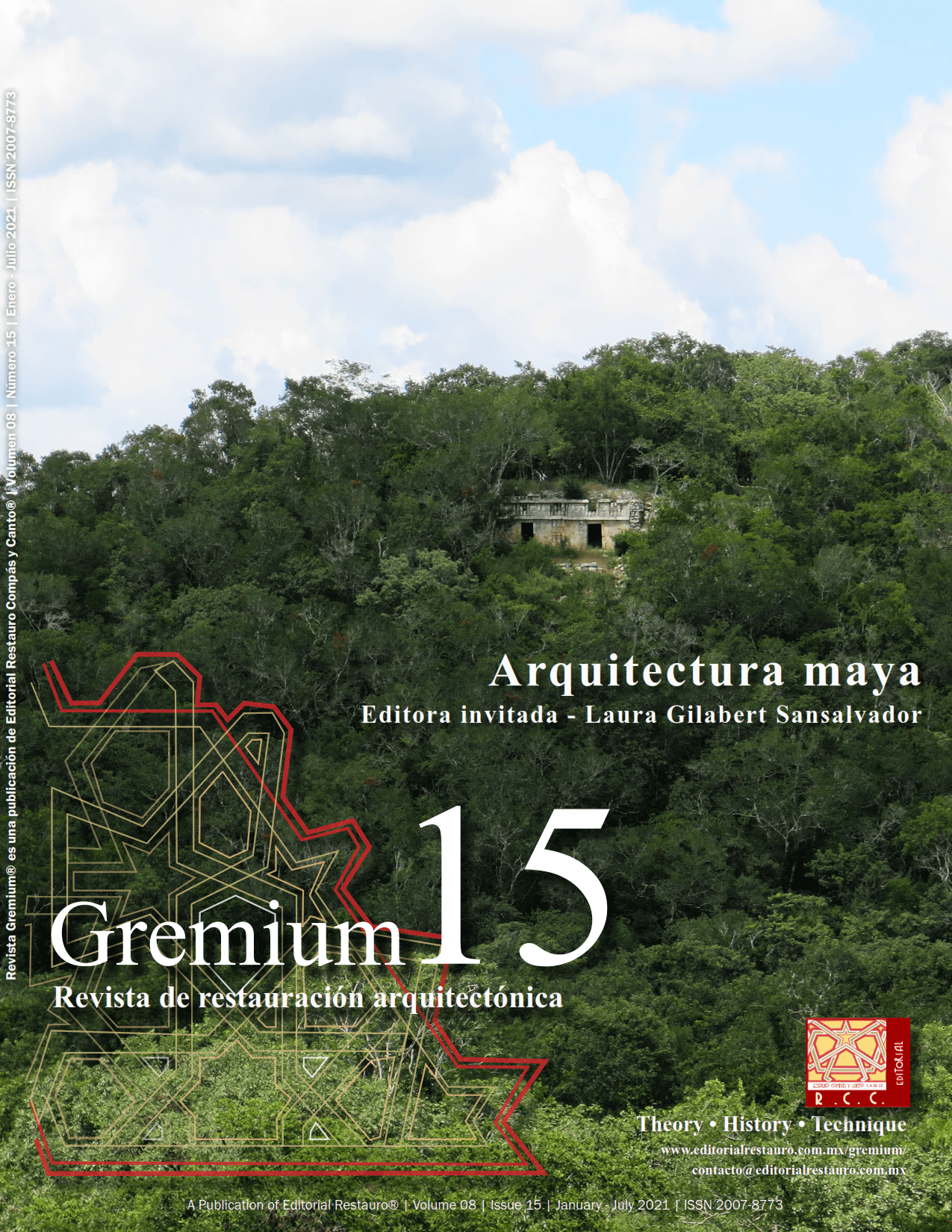Urban dimension and perception at the Classic Maya city of Palenque
DOI:
https://doi.org/10.56039/rgn15a08Keywords:
space perception, visibility, built environment, urbanityAbstract
In this article I address two interrelated topics: space construction and the perception of the built environment at
Palenque, Chiapas, during the Late Classic Period. Starting from the study of Palenque’s urban morphology and
by using Geographic Information System’s tools, I aim at underlying intentionality in specific buildings’ position
and to explore how people’s urbanity, that is their condition in the city and the experience of otherness, would
have transformed their perception of the environment. To this end, I will consider some characteristics of the
environment such as labor investment, infrastructure and resource access, land subdivision in architectural
groups and their distribution. I argue that these elements, if considered in relation with circulation and visibility,
suggest specific planning strategies and point to social status difference within city sectors and their inhabitants.
Downloads
Downloads
Published
Issue
Section
License

This work is licensed under a Creative Commons Attribution-NonCommercial-ShareAlike 4.0 International License.























